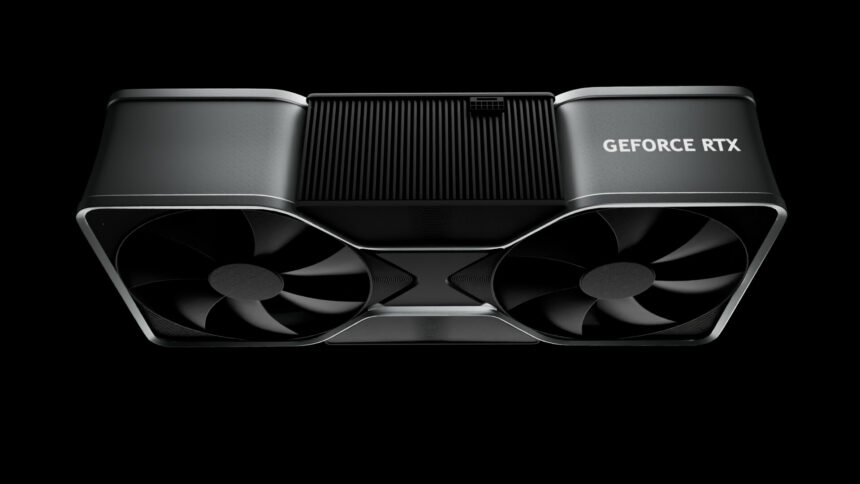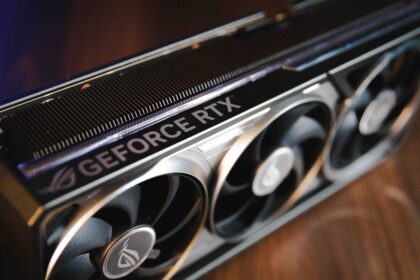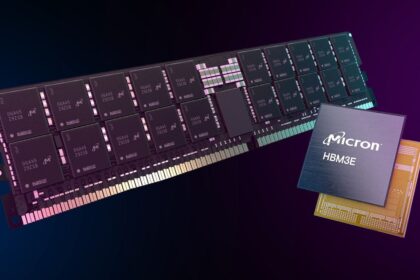Zotac has inadvertently revealed crucial information about Nvidia’s upcoming RTX 50 series graphics cards, marking the third instance of an accidental product listing. The company’s website briefly displayed entries for multiple GPUs, including the RTX 5090, RTX 5080, and RTX 5070 family, before quickly removing the information.
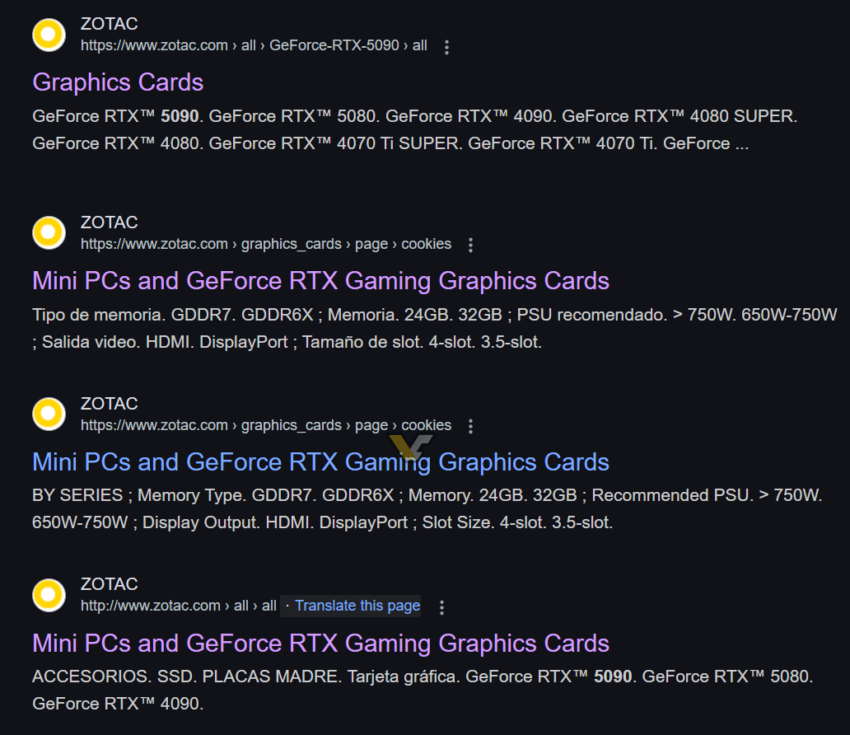
The most significant revelation centers on the RTX 5090, which is confirmed to feature 32GB of advanced GDDR7 memory—a substantial upgrade from the previous generation’s 24GB configuration. This disclosure came through Zotac’s updated website filtering options, providing the first official hint at the flagship GPU’s memory specifications.
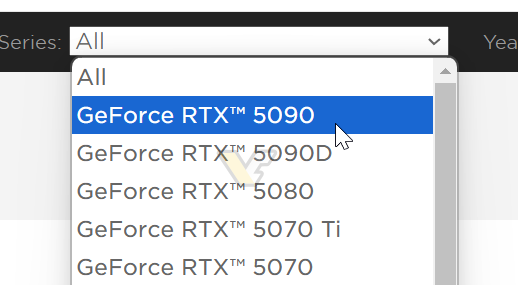
Comprehensive GPU Lineup Detailed
The leaked catalog suggests a comprehensive lineup including:
- RTX 5090 (Standard and China-specific D variant)
- RTX 5080
- RTX 5070 and RTX 5070 Ti
While Nvidia typically introduces Ti variants later in a GPU generation, these models appear to be part of the initial release expected to be unveiled at the upcoming Consumer Electronics Show (CES).
Technical Specifications Revealed
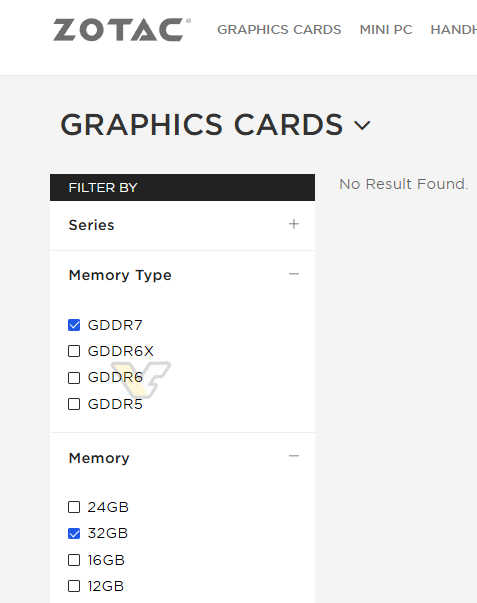
Preliminary information indicates the RTX 5090 will be a formidable graphics card, potentially occupying 3.5 to 4 expansion slots in computer cases. The GPU is rumored to be built on the GB202 chip, featuring 170 enabled Streaming Multiprocessors (SMs) out of 192.
The RTX 5090D is expected to use the same chip but with reduced performance, featuring approximately 150 SMs. The RTX 5080, utilizing the GB203 silicon, is projected to have 84 SMs and 16GB of memory.
Nvidia plans to leverage TSMC’s 4NP process, which promises a 30% higher density than the 4N process used in the RTX 40 series. There are speculations about potential native support for FP4 and FP6 data types, similar to the company’s server-grade solutions.
The RTX 5070 family is rumored to be positioned for retail availability in February, though many architectural details remain undisclosed. Industry observers anticipate more comprehensive information during Jensen Huang’s presentation at CES.
While these leaked details provide an exciting glimpse into Nvidia’s next-generation graphics cards, numerous technical specifics and pricing structures remain uncertain. The tech community awaits official confirmation and comprehensive details about the RTX 50 series.
As with all pre-release information, these specifications should be approached with cautious optimism, recognizing that final product specifications may differ from preliminary leaks.

